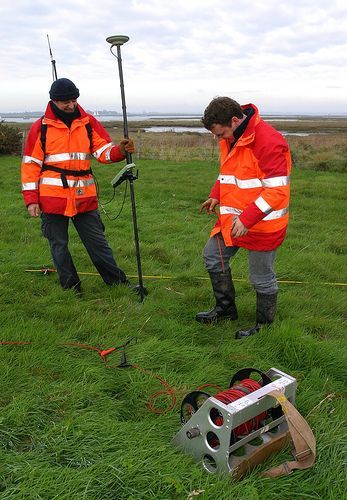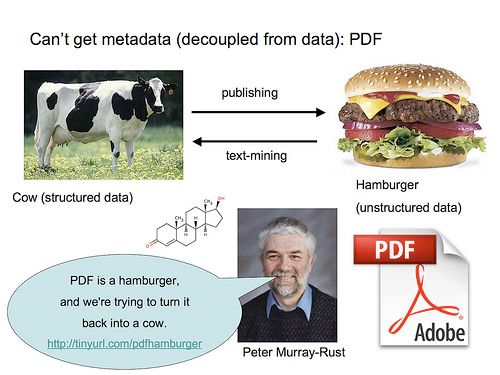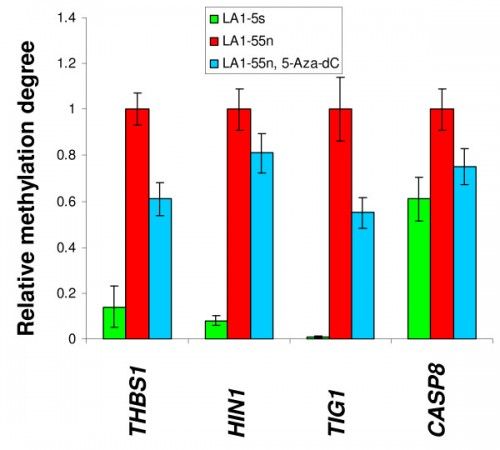
The ORCID initiative for unique researcher identifiers yesterday started a survey that everybody interested in ORCID should fill out. The survey asks questions about the main services that users expect from ORCID, and how the ORCID service should be paid for (e.g. membership fees or fee-for service). In quick response to the announcement of the survey on Twitter, an interesting discussion started on FriendFeed .


